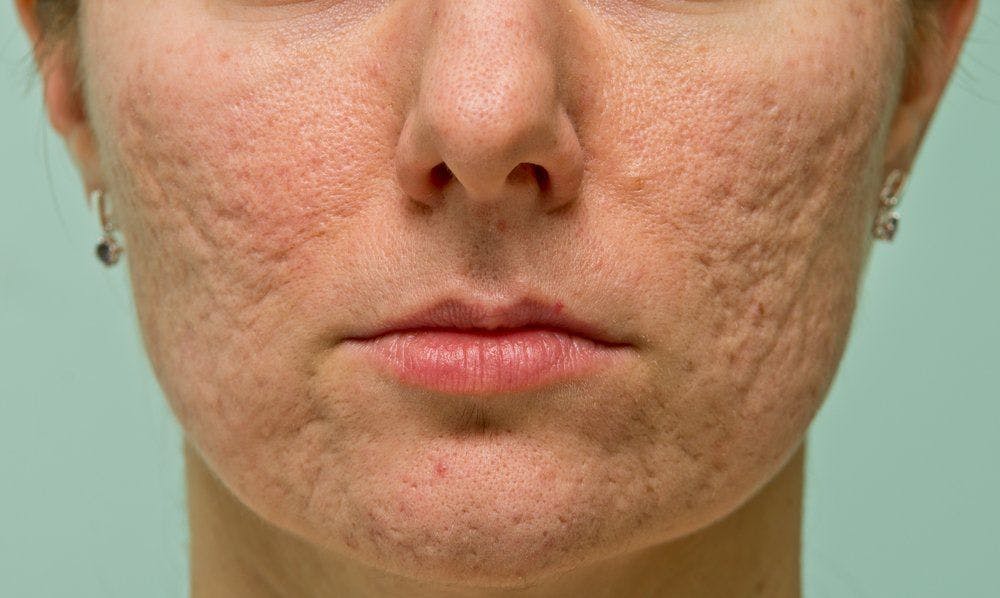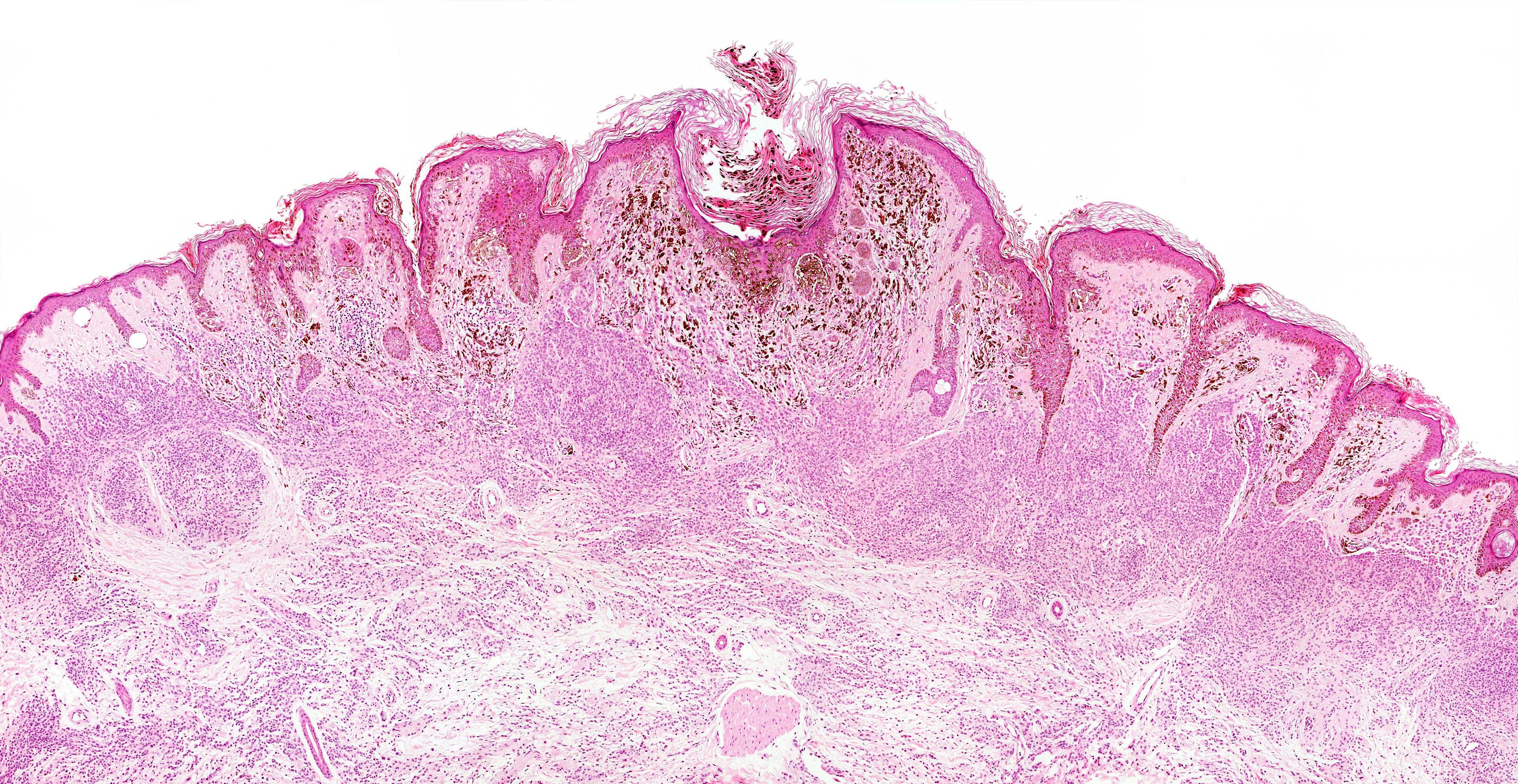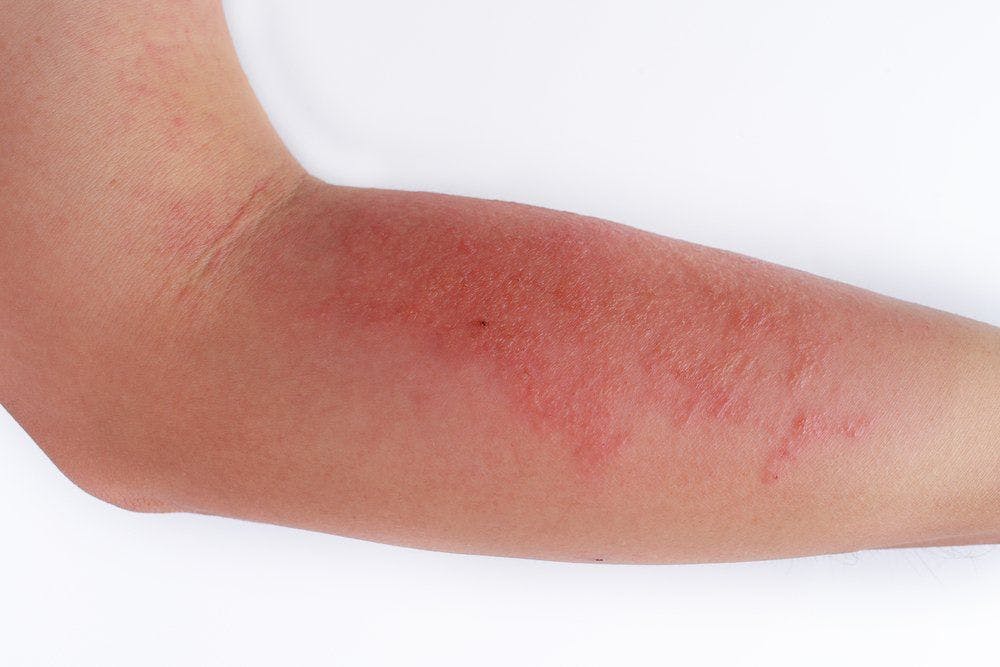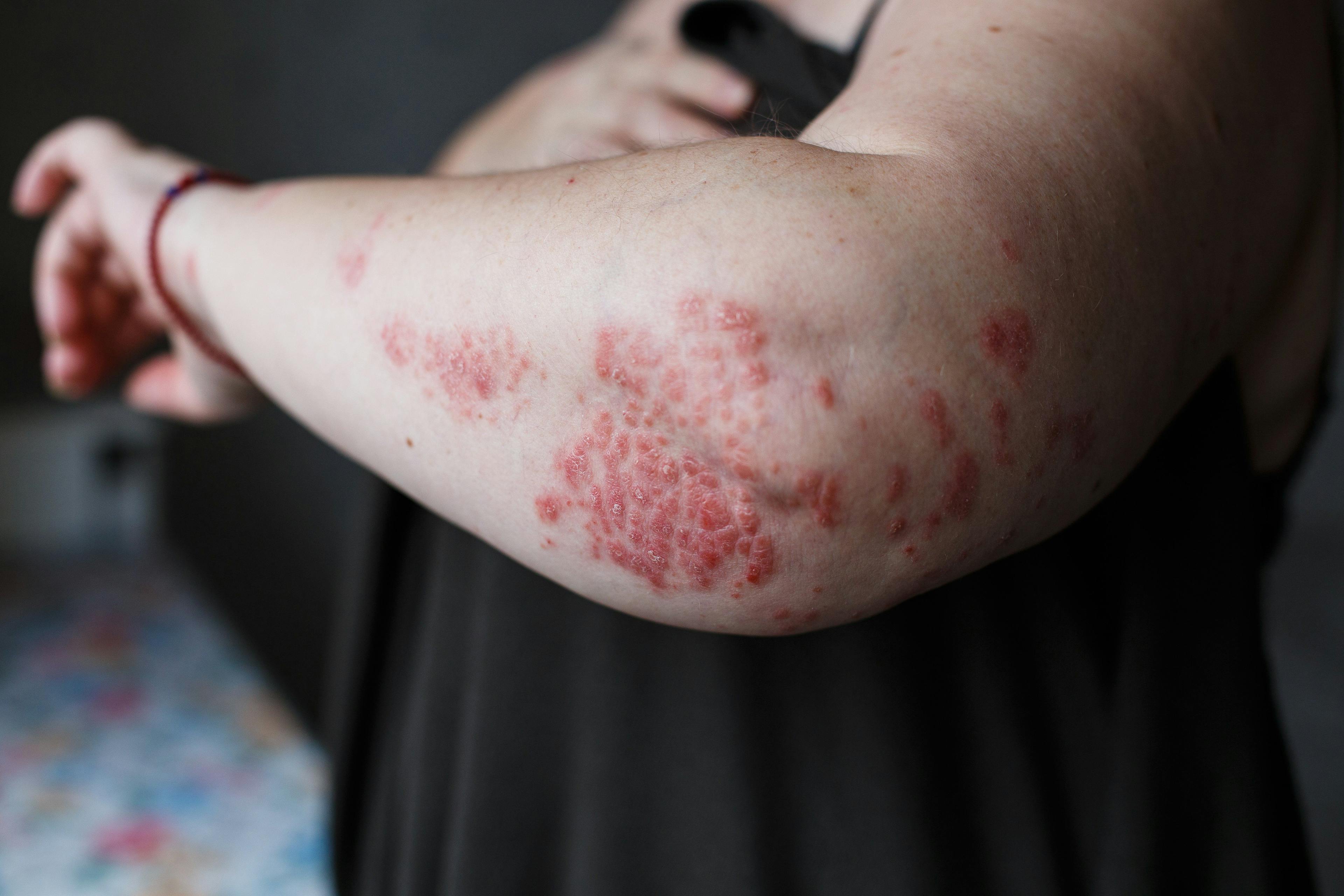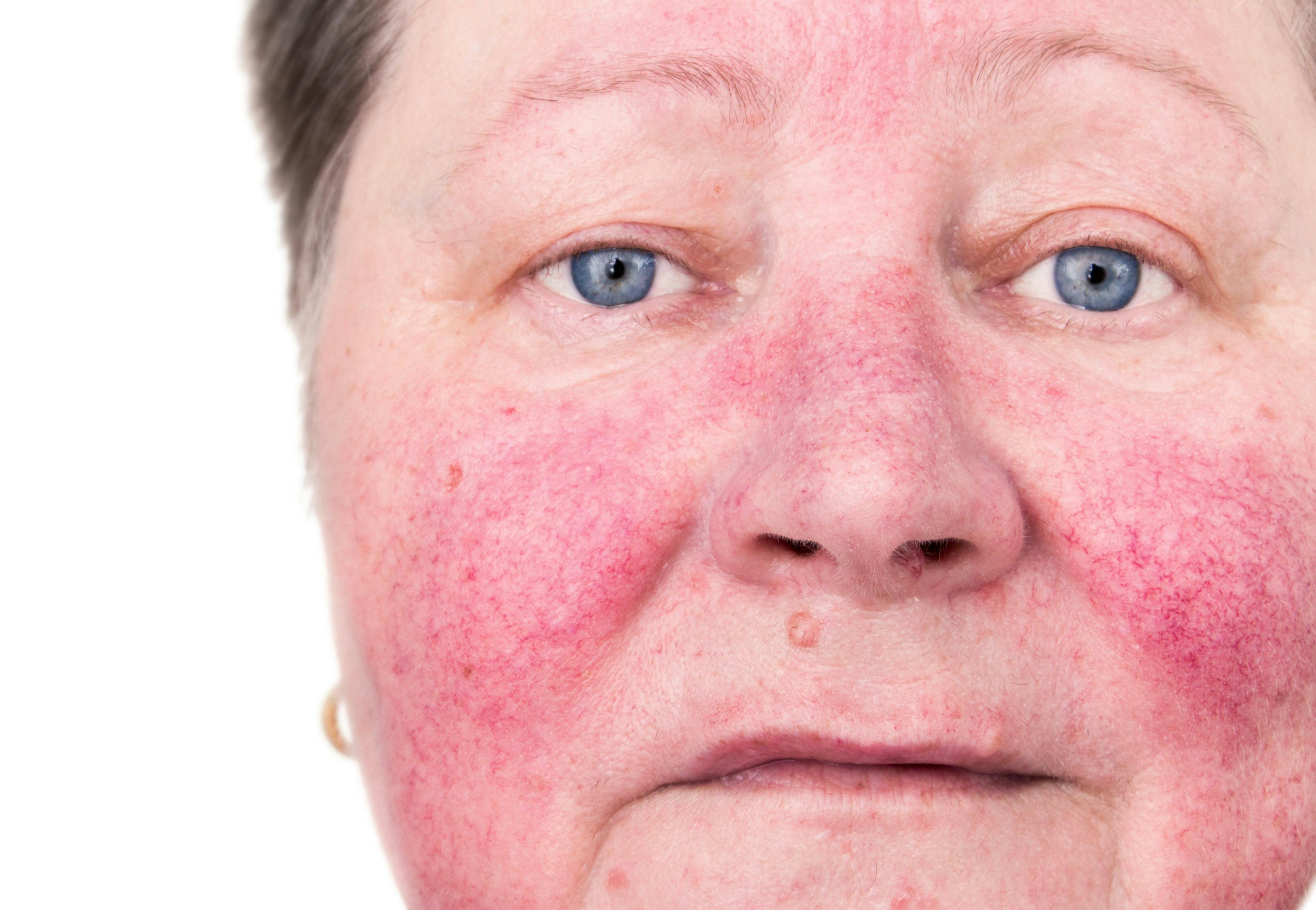- Acne
- Actinic Keratosis
- Aesthetics
- Alopecia
- Atopic Dermatitis
- Buy-and-Bill
- COVID-19
- Case-Based Roundtable
- Chronic Hand Eczema
- Chronic Spontaneous Urticaria
- Drug Watch
- Eczema
- General Dermatology
- Hidradenitis Suppurativa
- Melasma
- NP and PA
- Pediatric Dermatology
- Pigmentary Disorders
- Practice Management
- Precision Medicine and Biologics
- Prurigo Nodularis
- Psoriasis
- Psoriatic Arthritis
- Rare Disease
- Rosacea
- Skin Cancer
- Vitiligo
- Wound Care
Publication
Article
Dermatology Times
Topical probiotics may restore skin microflora, decrease acne lesions
Author(s):
Topical probiotics could promote a positive bacterial balance in the skin – similar to how oral probiotics increase diversity of flora in the gut – and may improve skin conditions, such as acne, say authors of a recent review.
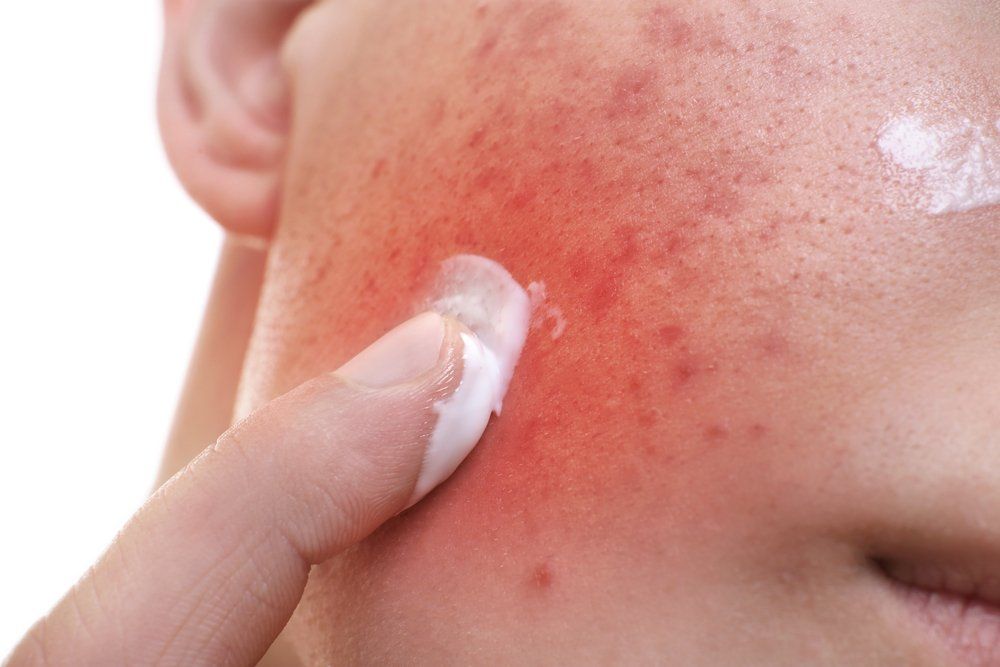
Probiotics applied topically could promote a positive bacterial balance in the skin – similar to how oral probiotics increase diversity of flora in the gut – and may improve skin conditions, such as acne, say authors of a recent review published in Experimental Dermatology.1
RELATED: Leaky gut, leaky skin, or both?
Few studies have investigated the potential benefits of probiotics in acne management, but what data exist suggest they could be useful for acne as well as other inflammatory skin diseases, write authors Rebecca Knackstedt, M.D., of the Department of Plastic Surgery, Cleveland Clinic, and Thomas Knackstedt, M.D., of the Department of Dermatology, MetroHealth, Cleveland.1
The intestinal microbiome is known to have an impact on gut health, as well as wider systemic inflammation and disease. Some large meta-analyses have found that probiotics may be able to decrease the incidence of infections and need for antibiotics while improving wound healing, markers of inflammation and cholesterol levels. Oral probiotics have also demonstrated efficacy in treating other skin conditions such as atopic dermatitis and rosacea.
The skin microflora plays a similarly crucial role in regulating inflammation and the immune response. Dysregulation of both the innate and adaptive immune systems has been implicated in the pathogenesis of acne. Activation of tollâlike receptors and CD14 by Cutibacterium enables upregulation of inflammatory cytokines, such as TNFâα, ILâ1B and ILâ8, which allows for the development of acne lesions, and can also trigger the adaptive immune system through Th1 cells and the humoral immunity.
Cutibacterium, the pathogen implicated in acne, is a commensal organism in healthy patients, so its presence alone is not responsible for the condition. Two strains – ribotype 4 and ribotype 5 – have been shown to only be present in patients with acne and may play a role in pathogenesis by an unclear mechanism.2
One prospective trial has looked at the use of oral probiotics (a combination of Lactobacillus acidophilus, Lactobacillus delbrueckii and Bifidobacterium bifidum) to treat acne in which patients, either alone or in combination with antibiotics, and the combination reduced the lesion numbers significantly.3
RELATED: Is it time to regulate probiotics in cosmetics?
“Future studies should elucidate if probiotics should be utilized in concert with antibiotics to provide better disease control,” Drs. Rebecca Knackstedt and Thomas Knackstedt told Dermatology Times. “When used for their anti-inflammatory properties in dermatological conditions, it is advisable to use sub-antimicrobial drug dosing. These lower dosages achieve anti-inflammatory efficacy while minimizing disruption of intestinal flora.”
Patients with acne treated with topical probiotics including L plantarum and cellâfree supernatant from Enterococcus faecalis have also been found to experience a reduction in lesion concentration, erythema and pathogenic bacteria load with an improvement in the skin barrier.
“…as acne is associated with an overgrowth of pathogenic bacteria, and the mainstays of therapy are often antibiotics, topical probiotics could restore a more desired microflora to decrease acne lesions without systemic side effects,” Drs. Rebecca Knackstedt and Thomas Knackstedt write.
Probiotics, including the commensal bacteria Streptococcus thermophiles, Vitreoscilla filiformis, Staphylococcus hominis, Staphylococcus epidermidies and Lactobacillus johnsonii, have also been shown to have an impact in the treatment of atopic dermatitis. According to the review, atopic dermatitis is associated with alterations in the skin microflora, such as an abundance of S aureus. And S aureus has been linked to Tâcell dysfunction, reduced antimicrobial peptides, more severe allergic reactions and disruptions in the skin barrier.
The relationship between beneficial and pathogenic skin bacteria and their mediators is complex and not fully understood. The skin microbiome is individualized, changes frequently in response to a variety of factors, and as a result not all probiotics will work for all patients, Drs. Rebecca Knackstedt and Thomas Knackstedt conclude.
RELATED: Good skin health and a diverse microbiome go hand-in-hand
“The optimal dosing and strain for various skin conditions has yet to be determined,” they write. “The most efficacious treatment strategy may include a combination of topical and oral therapy. Additionally, some have proposed utilizing oral and/or topical probiotics and antibiotics in concert to allow for targeting of pathogenic bacteria while providing support for commensal and beneficial bacteria.”
“There is a paucity of well-done studies investigating the role that probiotics, topical or oral, may have on the evolution of acne. However, the studies that have been done in acne and other inflammatory and infectious conditions indicate that probiotics could positively impact these disease states,” Dr and Dr Knackstedt told Dermatology Times. “More well-done studies are required to help determine the role that probiotics could have in mitigating acne and other dermatologic conditions.”
References:
1. Knackstedt R, Knackstedt T, Gatherwright J. The role of topical probiotics on skin conditions: A systematic review of animal and human studies and implications for future therapies. Exp Dermatol. 2019;
2. Fitz-gibbon S, Tomida S, Chiu BH, et al. Propionibacterium acnes strain populations in the human skin microbiome associated with acne. J Invest Dermatol. 2013;133(9):2152-60.
3. Baquerizo nole KL, Yim E, Keri JE. Probiotics and prebiotics in dermatology. J Am Acad Dermatol. 2014;71(4):814-21.
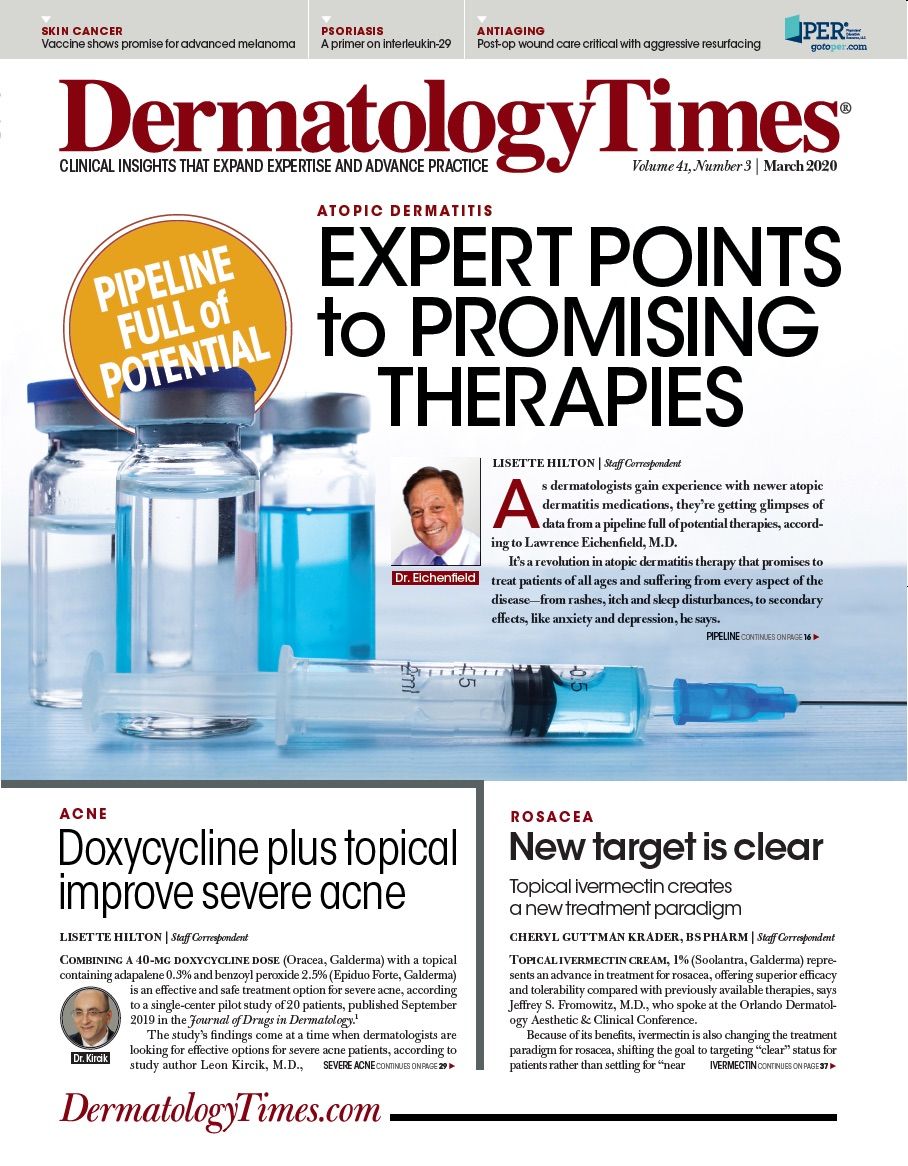
Newsletter
Like what you’re reading? Subscribe to Dermatology Times for weekly updates on therapies, innovations, and real-world practice tips.


